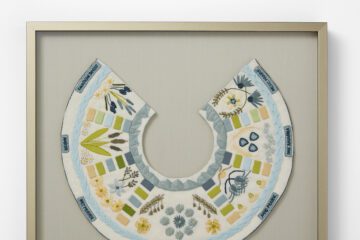Artist Statement
The five photos shown here are from an ongoing series of photos that I’ve been collecting for nearly fifteen years. The subjects are all dilapidated, broken, or missing public telephones in urban environments.
The first time I considered the public telephone was in about 1998: I was in a low-income neighbourhood in Toronto – most people didn’t yet have cell phones, and I needed to make a phone call. I walked for blocks and blocks looking for a phone only to learn that pay phones had been removed from this neighbourhood due to vandalism. This made me consider the ways in which poverty reinforces itself. If you don’t have access to a phone, how are you supposed to get a job? Make calls to agencies that might help you? Call your ailing mother?
A few years later in 2001, I spent the summer living in Brooklyn, and – still using film at the time – I came across a series of fantastically violated pay phones, all of which told colourful stories. They were broken, beaten, covered in gang tags, and used as receptacles for all kinds of trash and personal debris.
Since then, I’ve been chronicling the demise of the pay phone across North America and in my travels. To me, these images tell the story of the common end to a cheap and accessible public service in favour of the individualism of the cell phone, but they also tell individual stories of local decay and neglect.
These are my urban orphans.
Artist Bio
Jill Goldberg is currently an instructor of English literature and creative writing in Vancouver, Canada, as well as a student of the University of British Columbia’s MFA program in creative writing. Her work (both writing and photography) has been featured in Matrix, Sub Terrain, and Tikkun Magazine, and I recently won Friction Magazine’s Tethered by Letters poetry prize.



